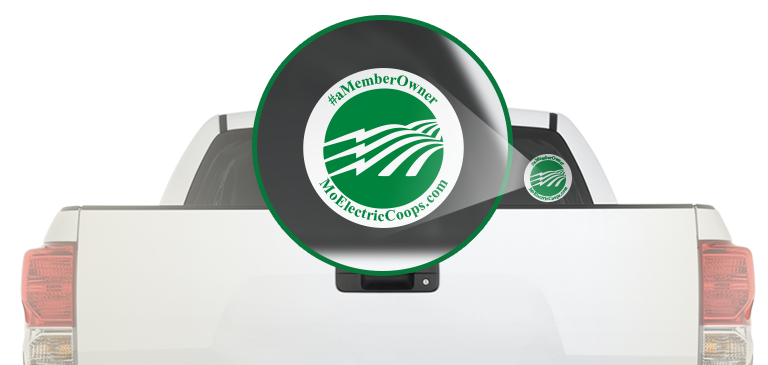Extension cords are inexpensive and they’re readily available at just about any retail store that carries home goods or electronics. Does their low price and easily availability mean that they’re safe, though? Not entirely. Extension cords might seem fairly innocuous, but using them incorrectly can result in house fires, injury, and even death.
Sobering Statistics: Residential Fires, Injury, and Death
The U.S. Fire Administration says that 26,000 residential fires are caused each year by electrical wiring, and the Electrical Safety Foundation International (ESFi) says that as many as 3,300 of those are caused by extension cords. To make matters even scarier, roughly 50 people are killed and another 270 people are injured by improper extension cord use (source) every year.
So what can you do to keep your family and your home safe? Keep reading to learn more about how extension cords should and shouldn’t be used in and around your home.

Image Credit: ESFi.org (source)
Extension Cords are Not a Permanent Solution
One of the first things to understand about extension cord safety is that your family shouldn’t rely on extension cords for everyday use. According to ESFi, “Extension cords should be used on a temporary basis only. They are not a permanent wiring solution (source).”
If your family needs to use extension cords every day, then that might be an indication that your home doesn’t have enough electrical outlets to meet your needs. ESFi recommends that you hire an electrician to install additional electrical outlets in lieu of relying on extension cords day to day (source).
Read ESFi’s full list of helpful extension cord tips here.
When Extension Cords are a Necessity
Sometimes extension cords really are a necessity. When that’s the case, use common sense and follow these helpful extension cord safety tips:
- Don’t overload your extension cord
- Never nail or tack your extension cord to a wall or other surface
- Replace frayed or damaged extension cord immediately
- Don’t run extension cords beneath area rugs or carpets
- Don’t allow extension cords to touch bedding or other flammable material
- If the extension cord feels hot during use, unplug it immediately and replace it right away
- Make sure that your extension cords have covers to protect children from electric shock
- Never use an indoor extension cord outside
Indoor and Outdoor Extension Cords
Just because an extension cord looks like it’s safe for outdoor use doesn’t mean it actually is. Using an indoor extension cord outside could result in fire, injury, or even electrocution.
ESFi says that you should, “never use an indoor extension cord for outdoor use. Use an extension cord specifically for outdoors; they are heavier and less likely to be damaged (source).”
How do you know if your extension cord is rated for outdoor use? Look for the letter “W” printed on the cord. Once you’re sure your extension cord is okay to use outdoors, examine it closely for fraying and cracking. Outdoor extension cords are exposed to rain, heat, snow, and other elements that will make them deteriorate faster than an indoor extension cord might. If you see signs of wear (such as cracking or fraying), replace the cord right away.
Unplug and Replace
If your extension cords appear frayed, cracked, or faulty in any other way, your Missouri Electric Cooperatives encourage you to unplug and replace them immediately. Extension cords have a place and a purpose in your family’s home, but when they’re damaged or misused, they can cause fire, injury, or even death.
Learn more about Missouri’s Electric Cooperatives, and how we work to provide safe, efficient energy to rural Missouri by following us on Facebook ,
Twitter, YouTube, and Instagram.

